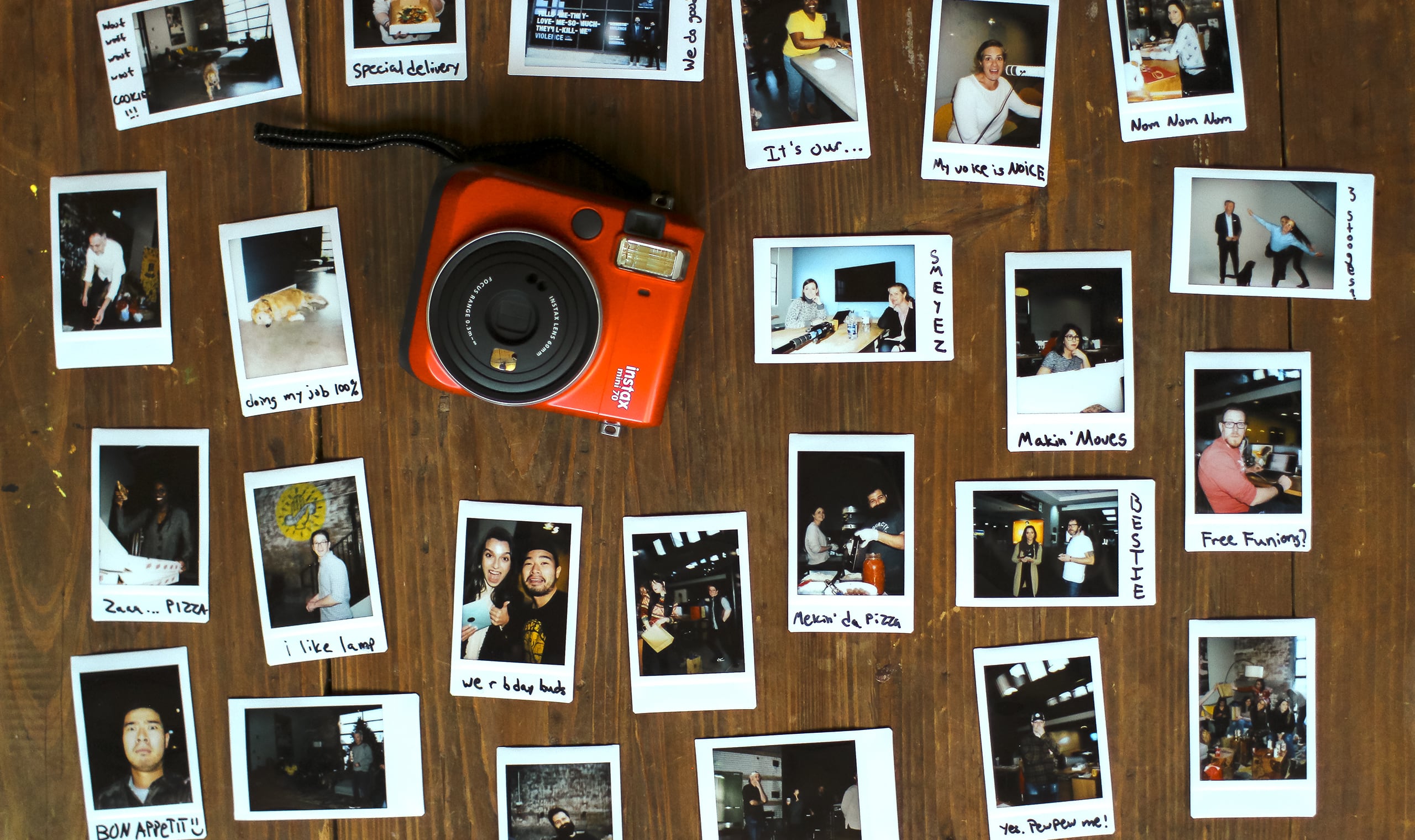Have you noticed that there have been some new (old) things showing up in retailers for the first time in decades? Records now sit alongside turntables on the shelves of mass retailers like Target and Walmart. Kodak is producing more analog film than they have in years, even reviving long-dead formats like Ektachrome. Books are back, board games are popular again and there is more interest in shopping local stores, restaurants and breweries than at any point in modern memory.
Why is this? Why the return of things long pronounced dead or replaced by new technology?
We live in a digitally saturated world that is always notifying, texting and streaming something at us. Younger consumers don’t know a life before the smart phone and constant social connection. These digital experiences and tools are so ubiquitous that they have lost any novelty and have become merely utilitarian.
![]()
More and more in our leisure time we’re looking for something real, something imperfectly perfect. There are many who call it a nostalgia-driven fad, but the truth is that these experiences have been not only embraced by but driven from younger consumers.
As an example, the majority of records are bought by listeners below the age of 25. They’re not driven by nostalgia; most have never heard them before. They are discovering these things for themselves and making them their own.
Another truth is that the world we live in isn’t binary anymore. There has always been this trend toward “this” or “that.” One thing has to win and another has to lose. But we live in an “and” world now. Our real-world experiences not only coexist with digital ones but also thrive together. Amazon has millions of digital books only a download away, and that’s wonderful for travel and countless other reasons. But sometimes it feels better to pick up a real book and hear the crack of the spine as you settle down to read Harry Potter aloud with your family.
As marketers, what can we learn from all these trends? Experiences matter.
Making the stories we tell on behalf of a brand needs to become an authentic experience that lives in multiple iterations across many touchpoints and is created for the audience. Sometimes that means showing content that may normally be hidden. It could also mean creating content that looks and feels less like an ad by creating it in a way that is more about honesty and less about polished production. Sometimes a slick, expensive production is the right expression for an idea; other times it may be a barrier for your audience.
Marketers also can’t rely on any one (or two) ways to deliver a brand’s story to an audience. Our ideas need to live online and in reality. They need to interact with our audiences in real time and in the places meaningful to them. Digital experiences will continue to be a critical component with social, mobile and web leading the way. But ask yourself if there’s a way for your idea to extend into reality so that the audience can touch, feel, talk and form an attachment to it directly. Those extensions can make an idea more memorable, more viral and more emotional because of the personal interaction associated with it. These are the ways we can create space in crowded markets for our potential audience to notice us.
Keep pushing your ideas to live not just online but in the physical world as well. See where it can lead. Author David Sax summed it up best in his wonderful book The Revenge of Analog.
“The real world isn’t black or white. It is not even gray. Reality is multicolored, infinitely textured, and emotionally layered. It smells funky and tastes weird, and revels in human imperfection. The best ideas emerge from that complexity which remains beyond the capability of digital technology to fully appreciate. The real world matters now more than ever.”


